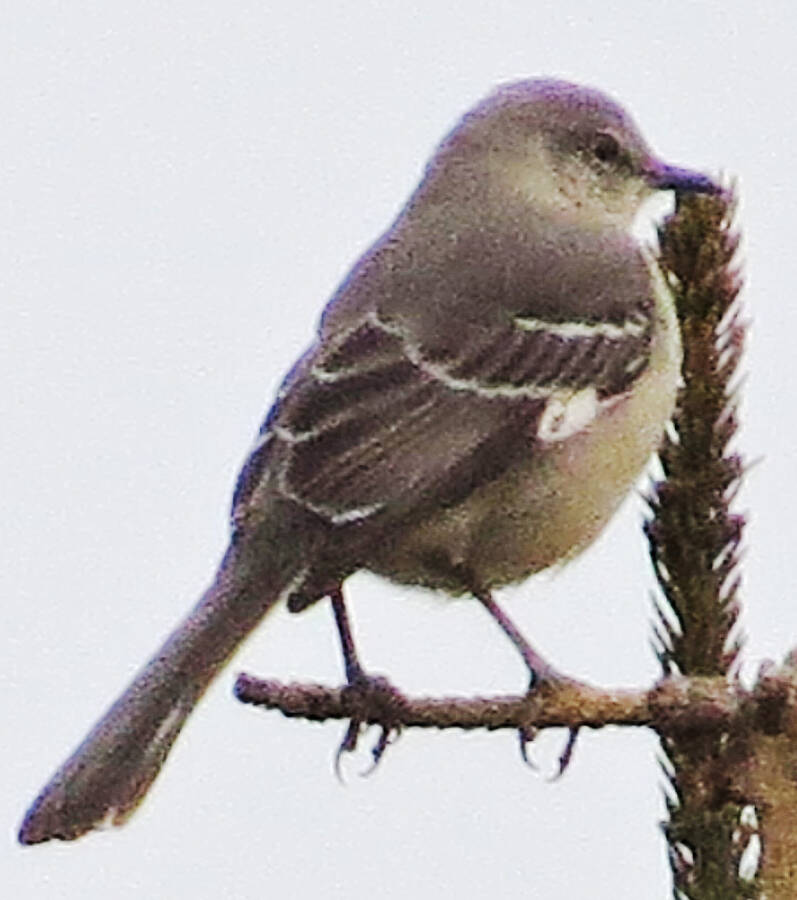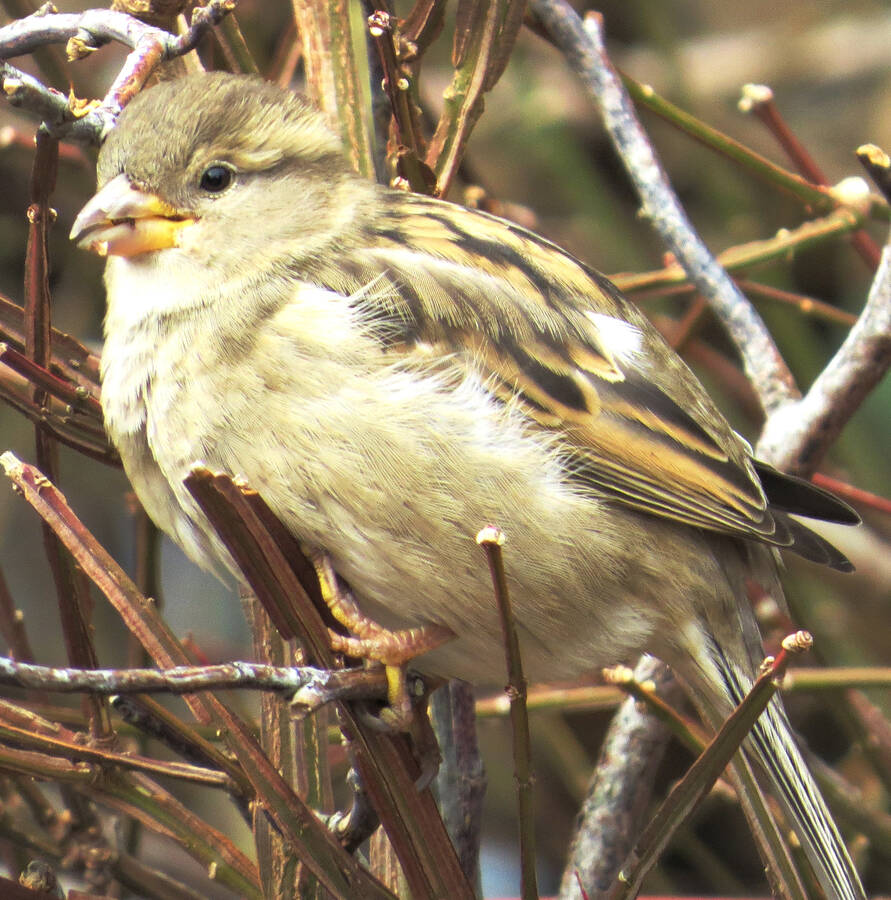
2023-01-25
The decline of the blackpoll warbler
The blackpoll warbler is a bird that I get to see every year, usually in the fall, as they are moving through in migration.
Last year I missed this species altogether. I was concerned that something might be happening that I was not aware of.
The blackpoll warbler traverses the Western Hemisphere in migration twice per year. Blackpoll warblers are among the most abundant warblers within their vast breeding range.
This range includes New England to the maritime provinces and across the continent to Alaska. I read that the population is crumbling with a loss of 90 per cent in the last 50 years.
We still have 10s of millions of blackpolls, but once the population was hundreds of millions. We have lost three billion breeding birds in North America since 1970. More than 80 per cent of those losses were migratory birds
I've finalized the results for the Lunenburg Christmas Bird Count that took place Dec. 30. The count had 31 field participants and nine feeder watchers. Temperatures ranged from -1 C to 7 C. Winds were from the southwest from nine-to-12 km. per hour SW.
It was very foggy in the morning and afternoon, making it difficult to count birds in the water or flying overhead. Time spent at feeders was 21 hours, 39.25 hours were spent on foot with 48.23 kms. traversed, time spent driving was 32.5 hours with 358.80 kms. driven and 8.25 hours were spent on bike with 25.07 kms. covered. Owling consisted of three hours and 50 kms.
The total number of species on count day was 87, with three species during count week, which were American coot, ring-necked duck and common yellowthroat.
High counts were for 854 Canada geese, 60 green-winged teal, six double-crested cormorants, three razorbills, nine northern saw-whet owls, 339 blue jays, 102 red-breasted nuthatches, and 72 northern cardinals.
These numbers either matched or exceeded previous counts. Low counts were for one white-winged scoter, six common goldeneyes, seven great cormorants, one sharp-shinned hawk, one red-bellied woodpecker, one gray jay, one gray catbird, one pine grosbeak and one common redpoll. These numbers either matched or were lower than previous counts. One new species never seen on this count before was a white-crowned sparrow.
Ron Hrushowy of Garden Lots reported a sharp-shinned hawk. Marg Millard of White Point also had one of these birds. Marg still has a chipping sparrow.
On Jan. 4, Lise Bell located a northern pintail at Broad Cove and she had seven pine siskins at her feeders on Bush Island. I was glad to see a dovekie on the Lahave River in LaHave on Jan. 14. Christine Curry, who lives on the west side of Louis Head let me know that gray jays showed up there about six years ago and that she now is seeing them regularly. She hopes that the group will continue to flourish.
On Jan. 9 Jake Walker found an American coot at the New Minas Sewage Lagoons. On Jan. 10 Mike MacDonald reported a snowy egret at Clam Point and Logan Moore had a hermit thrush at Highland Heights Road, both on Cape Sable Island.
Angela MacDonald found a palm warbler Jan. 11 near Wine Harbour. On the same day Ervin Olsen located a rare common ringed plover at Sunday Point Beach. Mark Dennis reported a clay-coloured sparrow at Chebogue Point.
On Jan. 12 he saw six eastern bluebirds along Wyman's Road in Yarmouth and a yellow-bellied sapsucker at Drumlins Hill Landing on Cape Sable Island. Jan. 13 produced a common gull for him at Clark's Harbour.
On Jan. 15, a great egret was found at The Guzzle on Cape Sable Island by Wade Ross. Other birds of interest were a gray catbird at Lower Argyle located by Richard Donaldson. Jake Walker had a snow goose at Eaves Hollow in the Valley and there were a few reports of glaucous gulls and brown-headed cowbirds.
You may reach me at (902) 693-2174 or email jrhbirder@hotmail.com









